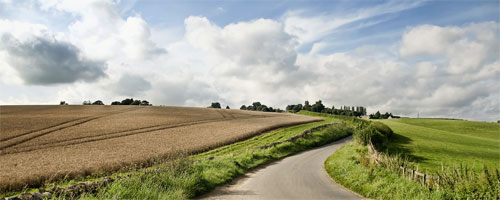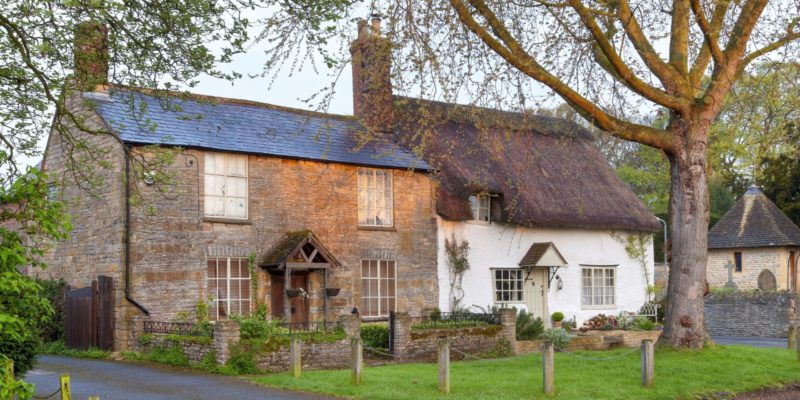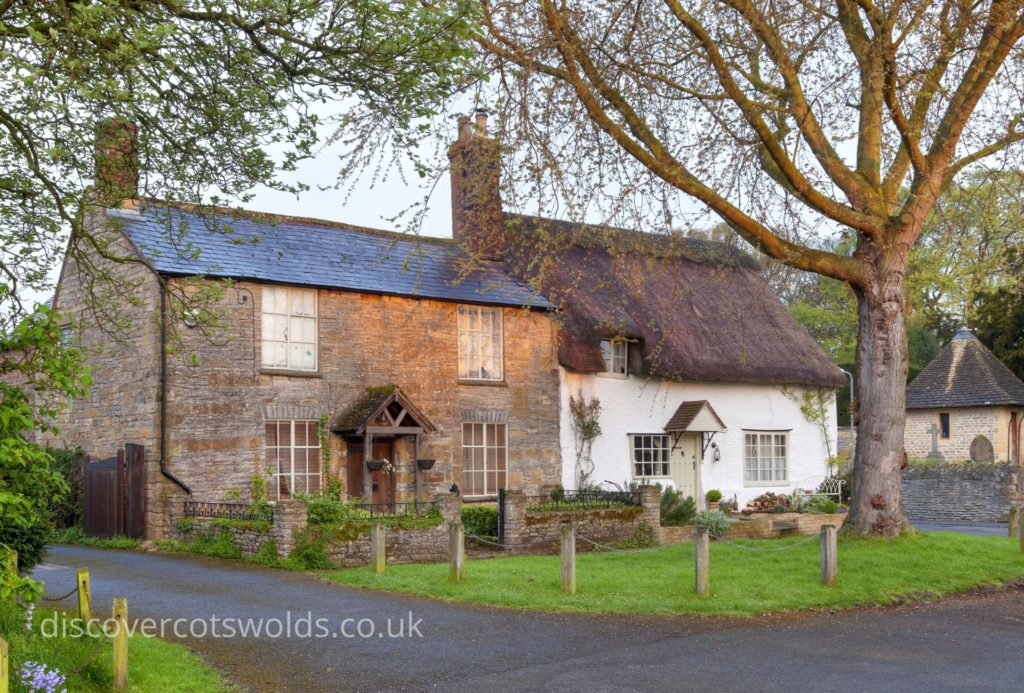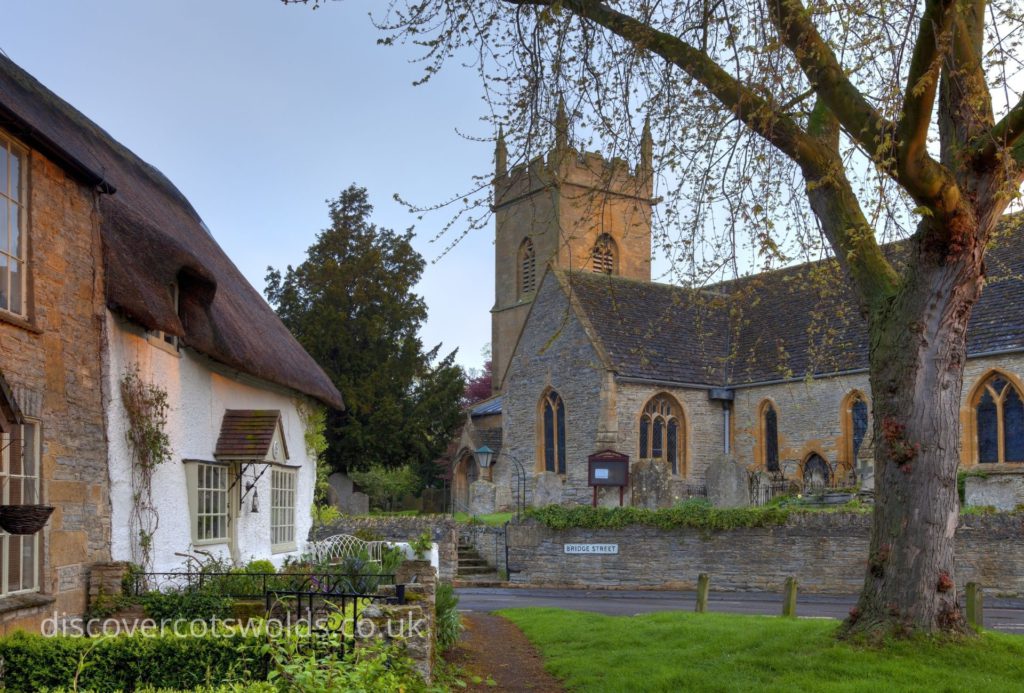Cheltenham began life as an Anglo Saxon village in the 11th Century.
Located on the edge of the Cotswolds, surrounded by beautiful green countryside, Gloucester also lies nearby, although protected Greenbelt land has stopped them from forming an area of conurbation.
In the 18th Century, medicinal waters were found over what is now the Cheltenham Ladies’ College – a prestigious independent school for girls. The town, with a population of around 110,000 oozes elegance and finesse.
It’s famous for its Regency architecture, cream white terraced houses protected by wrought iron railings.
See below for our top 5 things to do if you’re in Cheltenham:
Cheltenham Cricket Festival
If you’re a fan of cricket then this is a must see festival. Full of beer, sun and cricket, it could not be any better.
A great atmosphere, great food and usually great games located on the grounds of the prestigious private school, Cheltenham College. You’re surrounded by a road which makes it feel like a bit like the jewel of the countryside has invaded the urban landscape.
Cheltenham Jazz Festival
Taken place over 14 different venues across the town, the music is as diverse as where the venues are.
Contemporary jazz acts can start from gospel, salsa to flamenco. The Town Hall usually hosts local schools’ jazz bands, allowing the young talent of the area to flourish the given opportunity to perform.
Pittville Pump Room
Built on the estate of Joseph Pitt, this became the main attraction in the town in 1788 when King George III came to visit.
Today, The Pump Room is used for music concerts, poetry readings, formal black tie events as well as a back drop for famous visitors such as Lord Byron, Jane Austin and the Duke of Wellington.
The beautiful Regency style room isn’t just available to the upper class, it is more often than not hired out and commonly used for weddings and dinner events.
Montpellier and the High Street
This gorgeous area is dominated by Edwardian and Georgian town houses, lined up neatly like an army of soldiers.
Wide open spaces, not too dissimilar to spaces found in London (for example, Trafalgar Square), can be found near many of the shops on the high street.
The choice of shops are excellent, accommodating everyone and you could spend a whole day walking up and down the high street.
As an added bonus, if you visit during the Light Up Cheltenham festival, the area is illuminated with various colourful displays and they run guided tours detailing the history of the town.
Night Life
Again, based around the high street, there are tonnes of bars and pubs for you too choose from. Everything is within convenient walking distance so you won’t be running up unnecessary taxi bills!
Begin your night out in a pub such as the Beehive Inn, try some local beer and ale (from what I hear they’re excellent) before moving onto a classy upmarket bar like Bentley’s. End the night either in Blush, a trendy, chic club conveniently close to the Bus Station and taxi rank. If you prefer something a little less alternative, Sub-tone is a great place. It’s a club with the layout of a house!
So there you have it, 5 great things to do and see if you’re in Cheltenham. Be sure to check them all out, you won’t be disappointed.
Read our guide on how to get to the Cotswolds to plan your trip.





